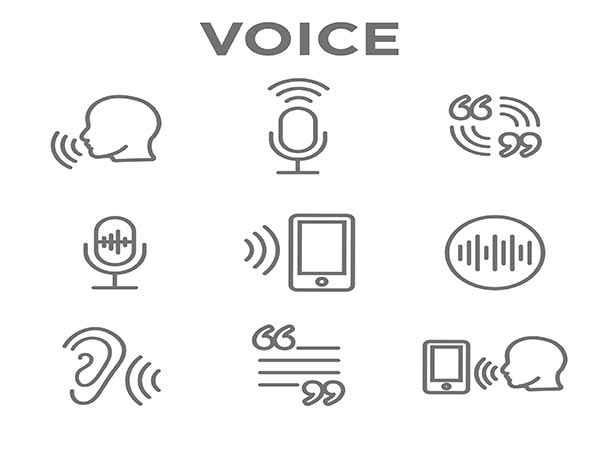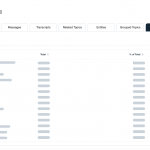3 Ways Financial Companies Should Be Using VOC Data to Drive Revenue

Financial institutions are all about the numbers. Credit scores, income levels, tax brackets. You name a piece of big data and the financial industry has learned how to find it, measure it, slice it and dice it.
Except when it comes to Voice of the Customer (VOC).
VOC data has historically been extremely challenging to collect and measure as a data point. There are millions of conversations flowing through financial organizations’ contact centers each year. The good, the bad and the ugly. It seems like an impossible task to measure and collect this sort of qualitative data in any sort of meaningful way. As a result, VOC data is often the missing puzzle piece when analyzing revenues.
The bottom line is, if you’re not using VOC data to your advantage, you’re missing out. The good news is, advanced call center analytics and reporting tools now give you the ability to measure and collect VOC in a quantitative way. This critical and missing VOC data enables organizations to have fact-based conversations about their customers versus feelings-based conversations.
And the really great news is, once a financial institution has determined how to harness VOC data, it can be used as a huge competitive differentiator to increase revenues.
Here are three ways you can use VOC data to find ways to increase revenue at your financial company:
- VOC data can tell you which marketing campaigns are working and which ones are not. Marketing campaigns are vital to a company’s success. Yet it can be extremely challenging to measure success, particularly with banking or financial institutions that employ mass marketing brand awareness campaigns. It’s nearly impossible to measure a television ad beyond noticing a spike in overall sales. However, using advanced contact center analytics, marketers can search for mentions of TV ads to determine how often they occurred in customer conversations. Using this VOC data, they can run reports to measure the effectiveness of marketing campaigns. This way they know what is working and what’s not and adjust campaigns accordingly to drive revenue.
- VOC data can help you predict what to offer next. VOC data is the richest data set you can reference when looking for areas to increase revenue. Information like credit scores, buying behavior and demographics can help you pinpoint areas of opportunity in your client base. But aggregated VOC data can help you identify customers who are ready to purchase in a predictive way, before they themselves even know they’re ready to buy. For example, with speech analytics you can uncover customers who are extremely satisfied with their service. Or you can find can find conversations in which customers have indicated they may be ready to purchase more products. Life event triggers (e.g. married, moving, pregnant, new job) are great reasons for financial institutions to reach out to cross-sell additional services.
- VOC data can help you identify unhappy customers. Almost more important than identifying happy customers is identifying unhappy customers. We all know keeping our current customers is crucial to overall cash-flow stability. So finding unhappy customers and turning them around proactively is a huge way to maintain current accounts and increase revenue.
Financial companies can use VOC data to determine who may be unhappy enough to close their account or who may be looking at opening new accounts with competitors. Some things VOC data can identify are:- Keywords – “Cancel,” “close,” “speak to a manager,” “late fees” are all signals a customer may be on the verge of leaving.
- Tone – Fluctuations and changes in tone can indicate anger or distress in a customer.
- Multiple calls – Numerous calls about service issues and concerns in a short time period is a bad sign.
- Dropped calls – When a customer repeatedly abandons calls while on hold indicates impatience and dissatisfaction.
Armed with voice-of-the-customer analytics identifying disgruntled customers, your customer service team can proactively reach out to these customers and offer gifts or incentives (seemingly out of the blue) to thank and reward them for their loyalty to your organization.
Increasing revenue at large financial institutions is easier said than done. But when you add in your missing data set—VOC—you’re able to unlock a multitude of new opportunities to help you increase sales and profits.









